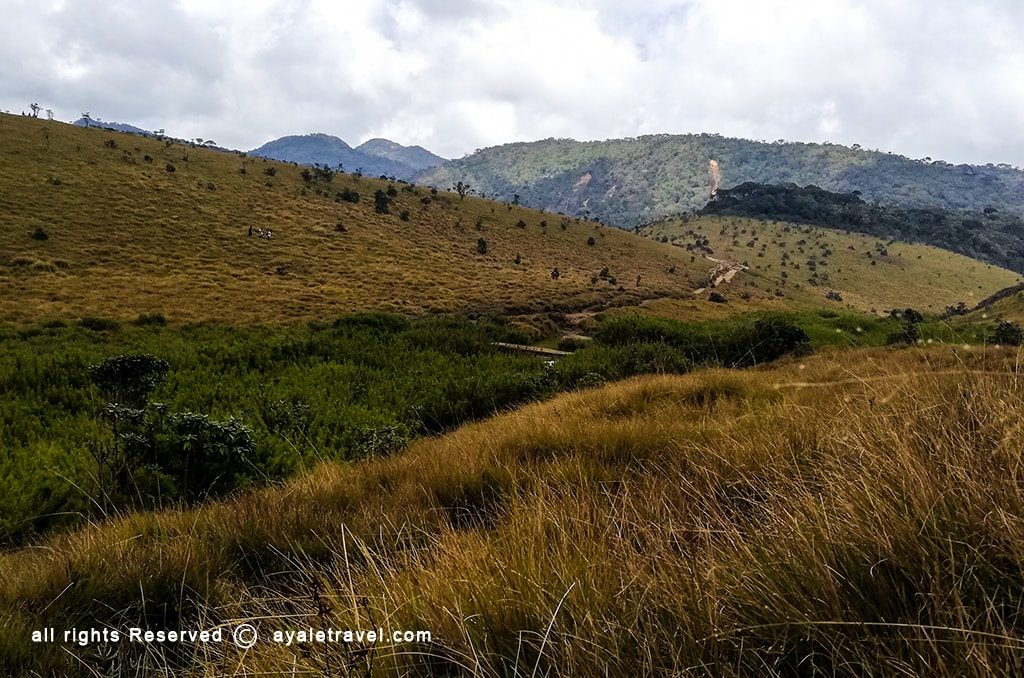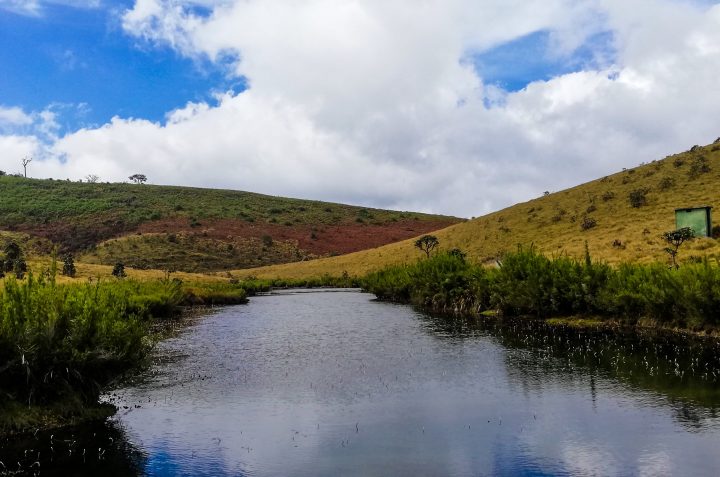Originally named Horton Plains Maha Eliya, the only national park in the wet zone of Sri Lanka, this is the tallest flat land in Sri Lanka. Situated in the central hills at an altitude of 1200-2300 m above sea level
From Nuwara Eliya, travel 32 km through Meepilimana, Ambewela, Pattipola and come to Horton Plains National Park. .
According to research conducted in 1992, there are about 101 species of plants. 49 of them are endemic to Sri Lanka alone. The majority are endemic to the Horton Plains.
The plant density in Horton Plains is 2.861 per hectare. Due to high winds, these plants do not freely grow. And so is the Kuruwita. The air inside the Horton Plains forest is much cooler and more humid. The trees here provide shade and thus help to protect the earth from the sunlight while keeping the water vapor from entering the forest.
From this land originates the Bogawanthalawa Oya, Belihul Oya and Agara Oya, the tributaries of the Mahaweli, Walawe and Kelani rivers. Horton Plains is the perfect place to see active clouds. The warm air, which rises from the lower levels of the mountains, condenses into the mountains and becomes cloudy, with clouds covering the mountains during the evening.
There are 98 species of birds (50 native birds and 11 tourist birds). There are also 40 species of butterflies and a unique species of horned lizard. Fourteen species of mammals and 16-20 species of amphibians have been identified.
. The rainwater of Horton Plains plateau is drained through tributaries to Mahaveli river to the North , Walawe river to the South and Kelani river to the West. Horton Plains is home to an extraordinary range of flora and fauna, including several endangered species such as the western-purple-faced langur, the Horton Plains slender loris and the Sri Lankan leopard.


